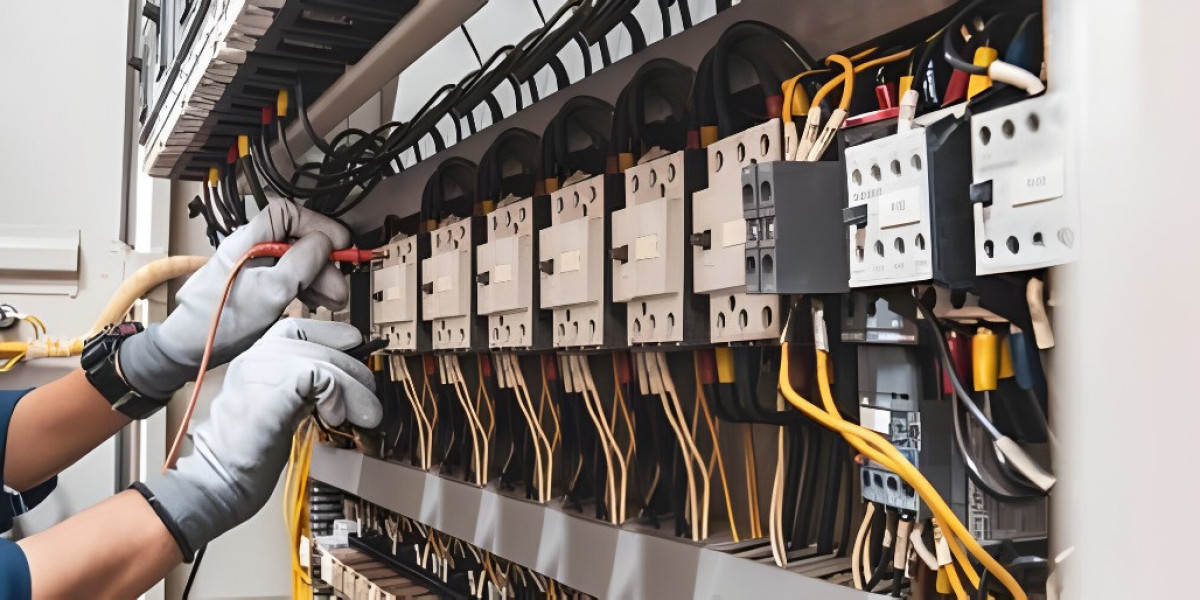In today’s fast-paced world, staying connected is more important than ever. This is especially true in the electrifying atmosphere of sports arenas, where fans crave not only the thrill of the game but also seamless connectivity to share their experiences live. From cheering crowds capturing moments on social media to real-time updates on scores and stats, reliable connectivity enhances every aspect of attending a live event.
Historically, sports venues have relied heavily on Wi-Fi networks to keep fans engaged. However, with technology rapidly evolving, we are now witnessing a significant shift towards 5G networks that promise even greater capabilities. As we dive into this transformation from traditional Wi-Fi to advanced 5G technology, let’s explore how this evolution impacts fan experience and what it means for the future of sports arenas worldwide.
Evolution of Wi-Fi and its impact on sports arenas
Reliable connectivity for Stadiums Wi-Fi has revolutionized the way fans interact at sports arenas. Initially, these venues relied on basic connectivity that struggled under heavy traffic. As more spectators began to use smartphones and tablets, the demand for robust Wi-Fi surged.
The introduction of public Wi-Fi networks transformed fan experiences. People could share photos instantly, check live stats, and engage with fellow fans online during games. This shift also opened doors for teams and sponsors to deliver targeted content straight to attendees’ devices.
However, as technology advanced further, traditional Wi-Fi faced limitations in speed and reliability during peak usage times. Lagging connections led to frustrations among fans who sought seamless access to information and entertainment.
This growing need paved the way for new innovations in wireless technology, setting the stage for an exciting transition from standard Wi-Fi solutions towards cutting-edge 5G connectivity in sports venues.
The rise of 5G and its potential for sports arenas
5G technology is changing the game for sports arenas. Its lightning-fast speeds and low latency promise an enhanced experience for fans, players, and teams alike. Imagine streaming high-definition replays in real-time or experiencing augmented reality features right from your seat.
Wi-Fi has served well but often struggles under heavy traffic during events. With 5G, stadiums can handle thousands of connected devices simultaneously without a hitch. This means seamless connectivity for everyone.
Moreover, 5G opens doors to innovative applications like smart ticketing solutions and interactive fan engagement platforms. Fans will not just watch; they'll participate in ways previously unimaginable.
The potential also extends to operational efficiencies within venues. Quick data transfers can help manage crowd control better and enhance safety measures on-site. As more arenas adopt this technology, the landscape of live sports entertainment will shift dramatically.
Case studies of successful 5G integration in sports venues
Case studies of successful 5G integration in sports venues reveal the transformative power of this technology. Several arenas have already taken bold steps to enhance fan experience through high-speed connectivity.
One notable example is the AT&T Stadium in Arlington, Texas. With a comprehensive 5G network installed, fans enjoy seamless access to real-time stats and highlights right from their seats. This setup has redefined how spectators engage during games, turning passive viewers into active participants.
Another impressive case is the Mercedes-Benz Stadium in Atlanta. It became one of the first stadiums to fully embrace 5G technology, enabling features like augmented reality experiences for fans. Visitors can use their smartphones to view player stats overlaid on live action or even summon food and drink without leaving their seats.
The T-Mobile Park in Seattle also stands out with its innovative approach to connectivity. The stadium integrated 5G to support an explosion of mobile devices when crowds gather for Mariners games. Fans benefit from faster downloads and smoother streaming services that keep them connected throughout events.
These examples illustrate how sports arenas are evolving with modern technology at their core. The adoption of 5G not only enhances fan engagement but also opens new avenues for revenue generation through targeted advertising and improved customer service options.
As more venues begin implementing similar strategies, it’s clear that reliable connectivity will continue shaping the future landscape of sports entertainment.
For more info. Visit us:








